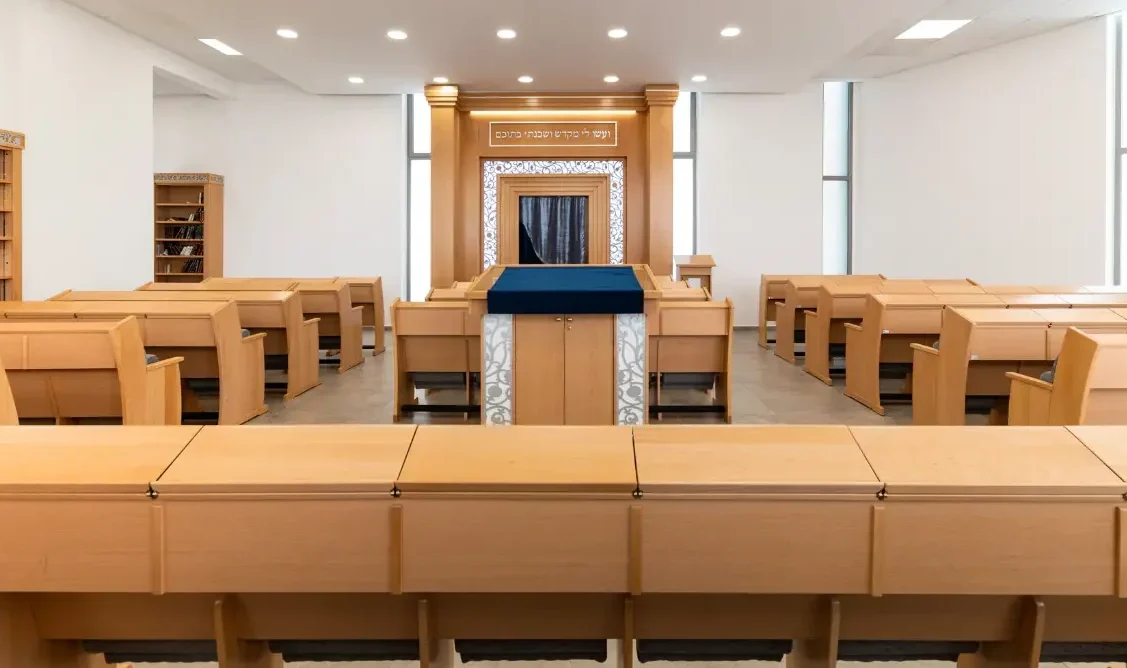The type and shade of wood for the synagogue furniture are an important design choice, and we are at your service for any information and good advice to help you make the decision.
This may be the first time you are required to choose wood for furniture, while we have many years of experience in matching the type and shade of wood for various synagogues – we see it as our mission to accompany our clients until they reach the perfect decision by themselves.
We will start with an explanation of the type of wood, and then move on to the topic of color.
Type of wood
When it comes to seating systems (benches from various models), the requirement we set for ourselves is to use wood with a high level of hardness. The group of hardwoods is characterized by engineering properties that allow the furniture to withstand the heavy use that occurs in the synagogue over time.
Benches made of hardwood can bear significant weight – the weight of the furniture itself and the weight of the users – and maintain a good appearance over decades of use.
The fact that the furniture we supplied to synagogues 50-60 years ago still stands strong, serves the community members, and maintains a quality appearance is a source of pride for us.

The hardness of the wood is an objective physical definition, and in the global wood market, it is common to classify woods into groups based on their hardness.
Among the hardwoods, the wood we most often use is beech wood. Until 80 to 90 years pass from the day the tree is planted until it is ready for use in the furniture industry. The best beech wood in the world grows in the region of the former Yugoslav countries, and we purchase our raw materials only from there, and only from sources regulated by the strict regulations existing in this area.
There are other hardwoods, which are more expensive and have typical textures or hues, include mahogany, oak, maple, walnut, and more. These woods do not have an engineering advantage over beech wood, but there are communities willing to pay the difference for their unique appearance.
The wood’s hue
The wood tone is a combination of its natural hue with the color tone chosen for it.
Often, the decision is to maintain a “natural hue,” meaning to paint the wood with a transparent lacquer only. This option provides a wood with protection and prevents cracking, without changing its original hue. On the other hand, in other cases, there is a desire to add a special color to the wood.
Choosing the color of the furniture can be done in one of two ways: the first is to select from the variety of options in the Lavi Furniture catalog; the second is to present us with a color sample and request, “Make us something like this.”
The first option is cheaper because the color is already available, we are accustomed to setting the machine for it, and we can consolidate several customer orders for painting in one batch for which the machine is set. The second option requires us to contact the lab to characterize the color formula, conduct repeated trials until the desired result is achieved, and set up a unique machine configuration for the customer.

Whether the wood tone is chosen from our catalog or specifically tailored for the customer, the paint we use in Lavi furniture is imported from Europe and meets high-quality standards. First, it is a water-based paint that meets European standards – environmentally friendly and non-toxic. Secondly, the quality of our paint has a delaying effect on yellowing caused by sunlight. Thirdly, using high-quality paint reduces the cracking phenomenon that occurs in solid wood, which sometimes appears after a long time. Even if the gabbay has already changed, and the donor has moved, our high-quality paint will keep the synagogue furniture looking good for many years.
As a supplementary protection against the discoloration of wood, which naturally occurs with the sun exposure over the years, we strongly recommend contacting companies that apply a UV protection layer on the windows.
Protection from the sun is desirable for the health of community members, saves energy (by moderating the temperature inside the synagogue and reducing the use of air conditioning), and preserves the furniture over time.
Lavi wood finishes options







Additional wood finishes - premium
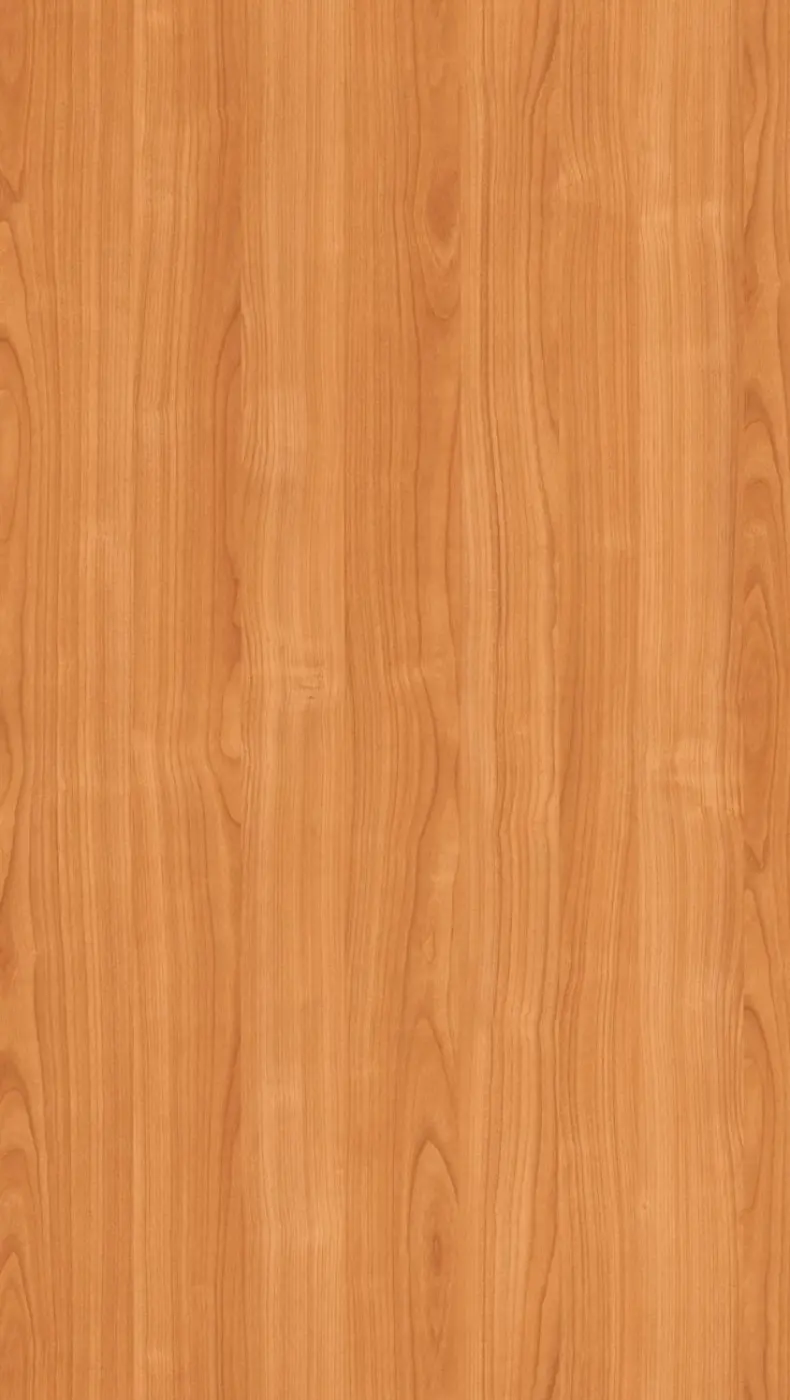
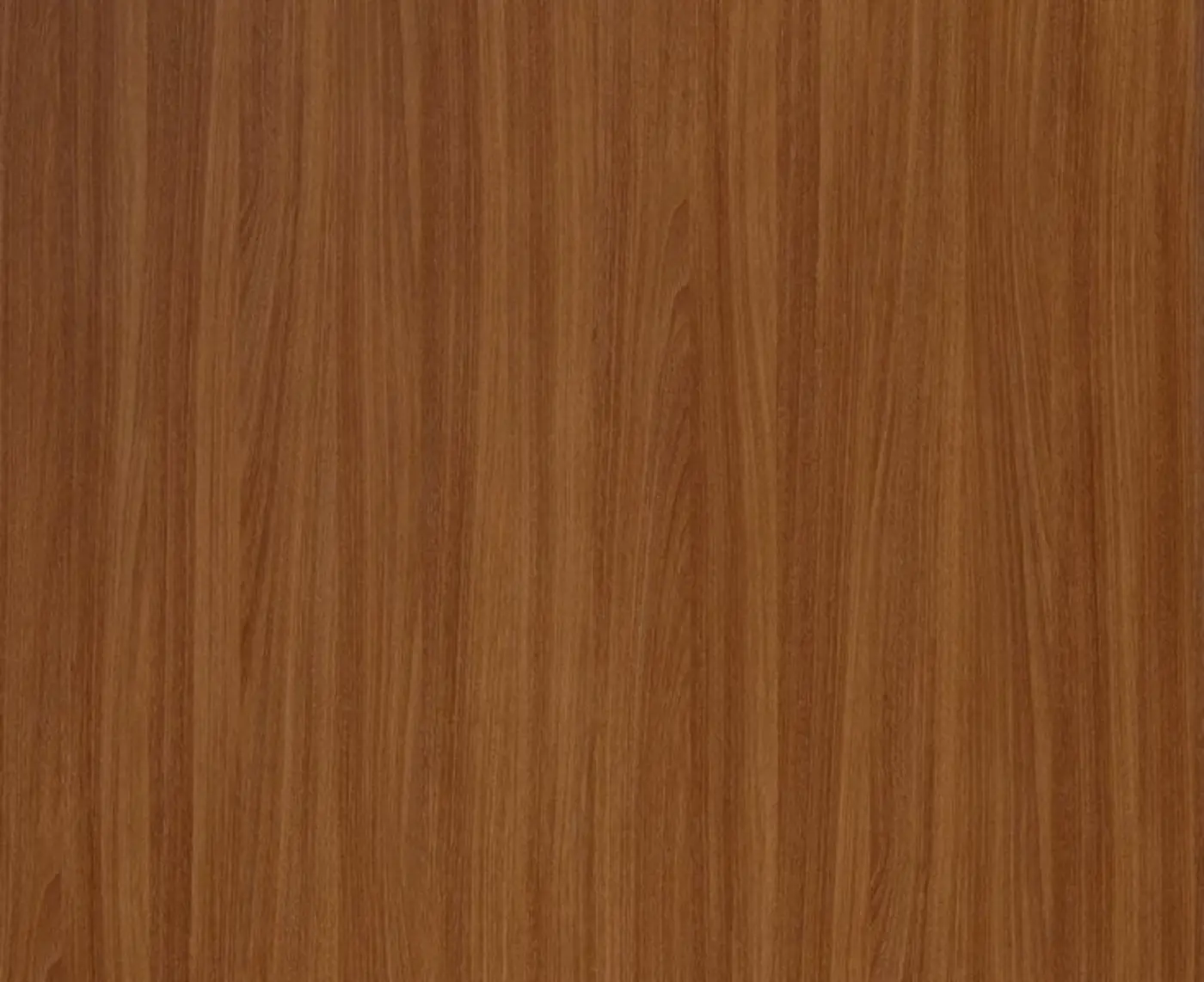
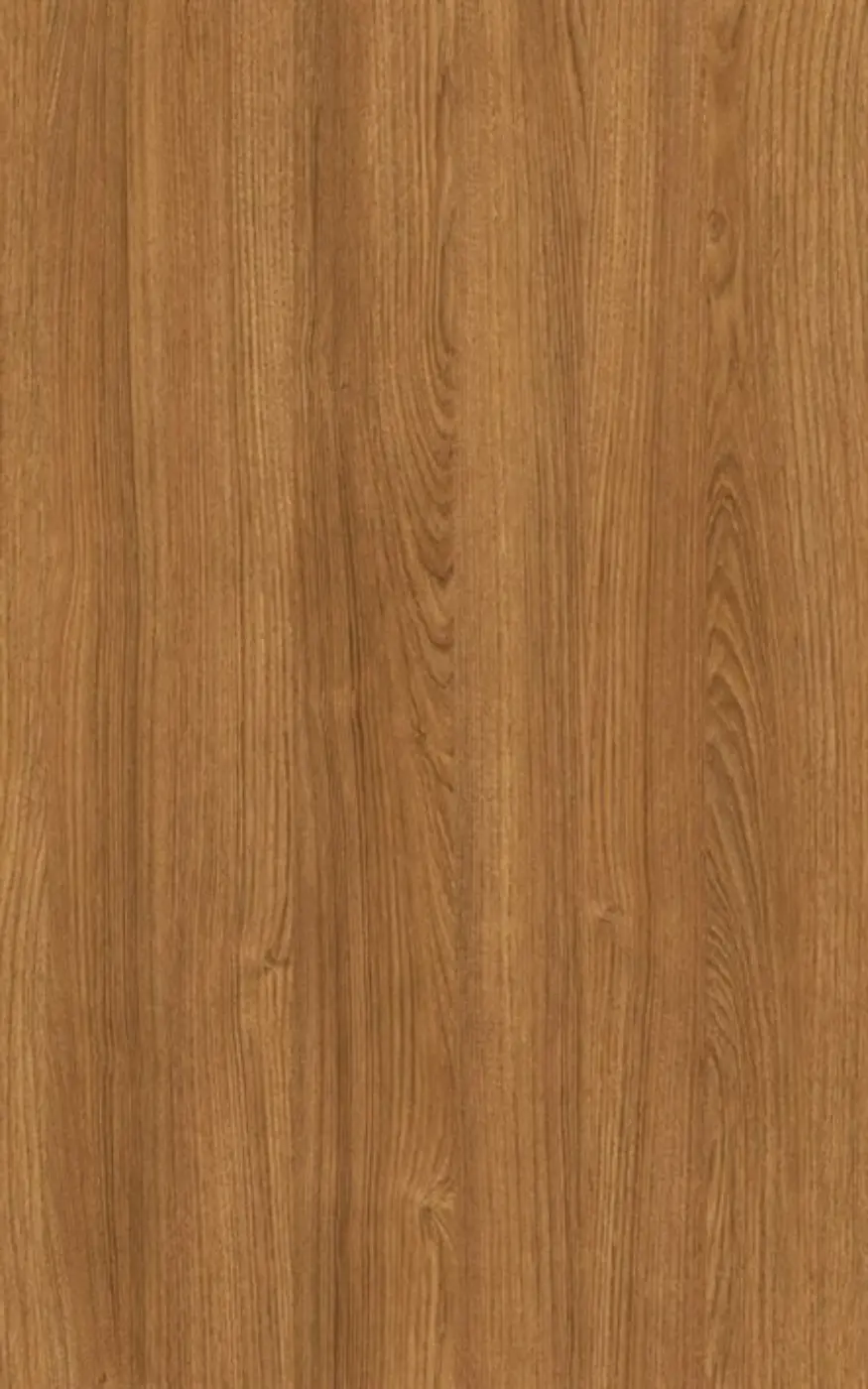
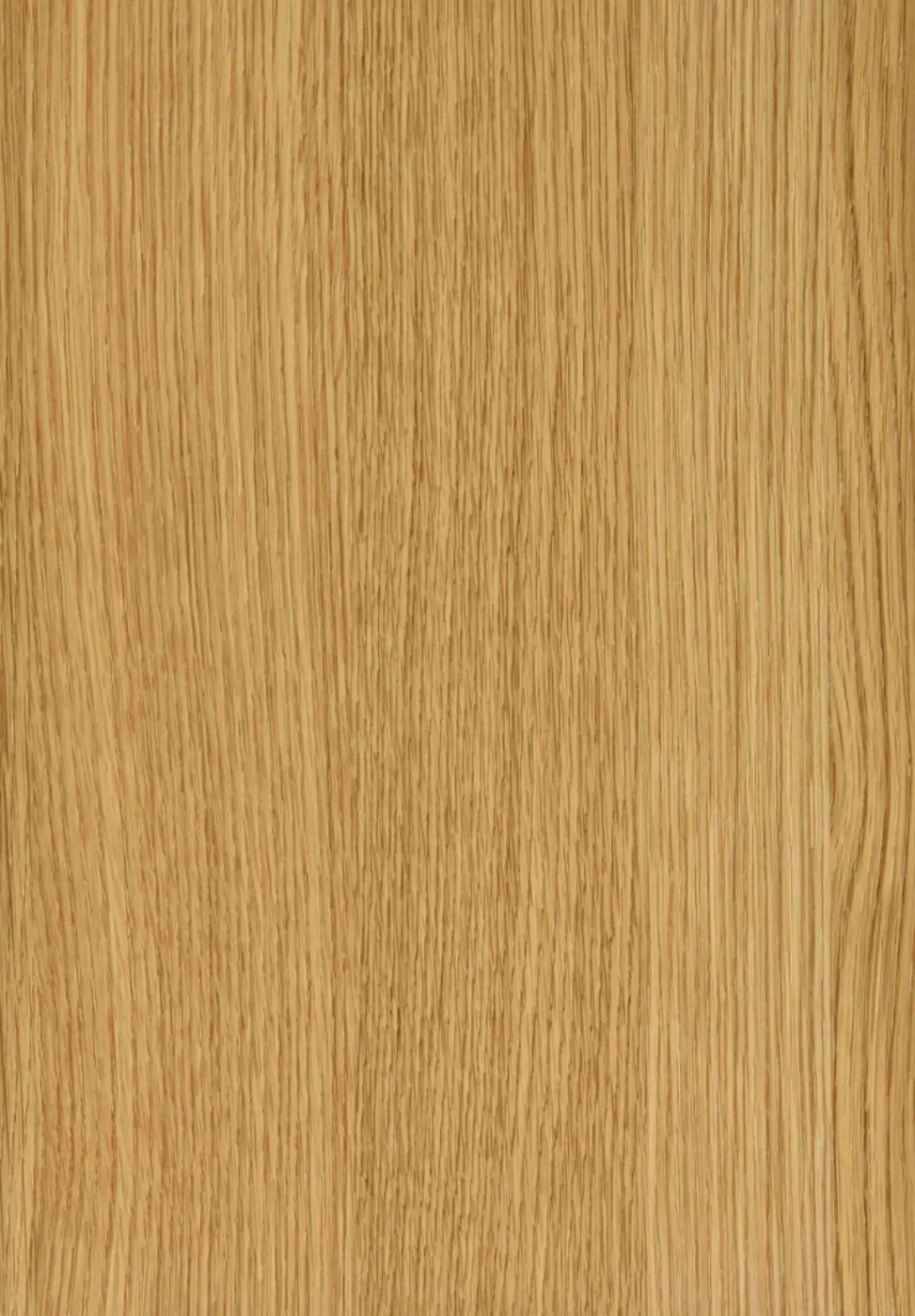
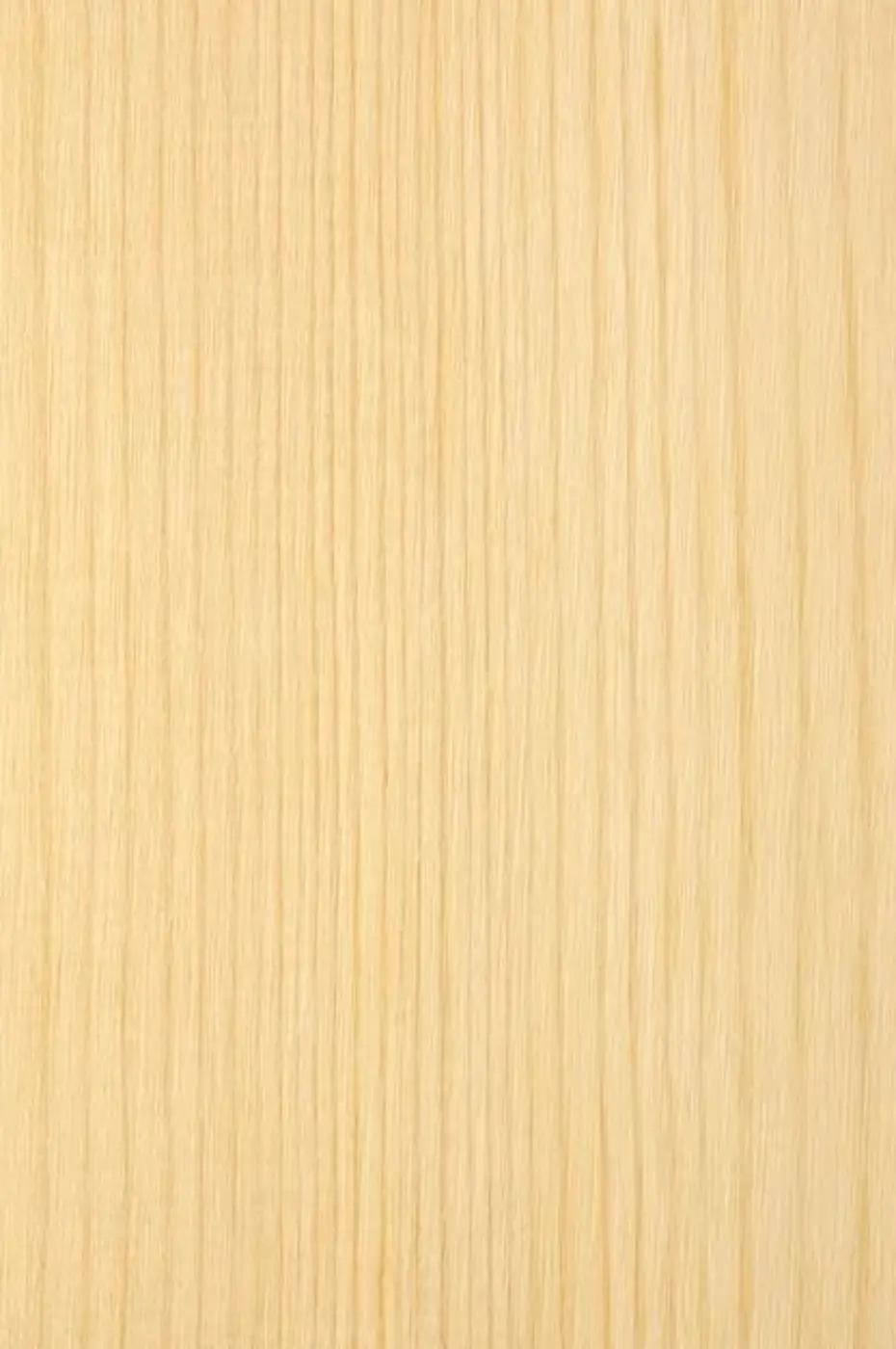
The color images are for illustration purposes only. We offer physical samples for precise selection, due to display differences between screens.
You are invited to consult.
The choice to create a piece of furniture from wood involves understanding its properties. It is a material that comes from nature, and part of its charm resides in the inconsistency that characterizes it, including changes in texture and hue – within the typical range for the type of wood and to the extent accepted in the wood industry.
These natural differences provide another reason to make an informed choice of the type and shade that suit you, while being familiar with the range of options available.
We recommend visiting a recently furnished synagogue to see furniture similar to what you are interested in, or visiting our factory to receive an in-depth and direct explanation. Always welcome.



